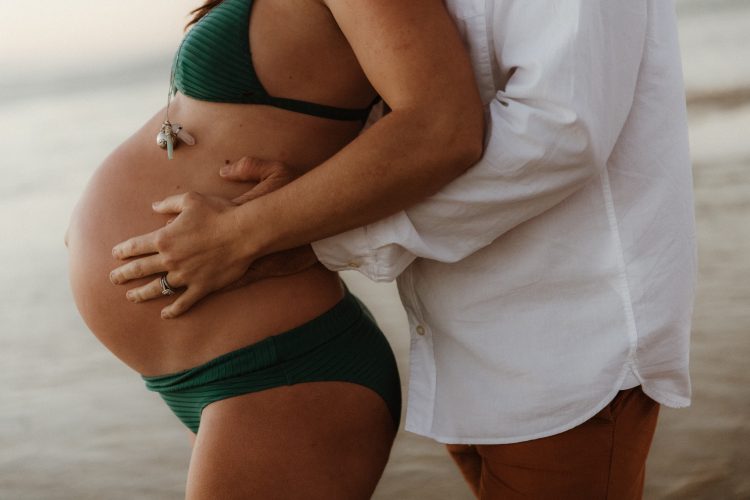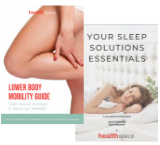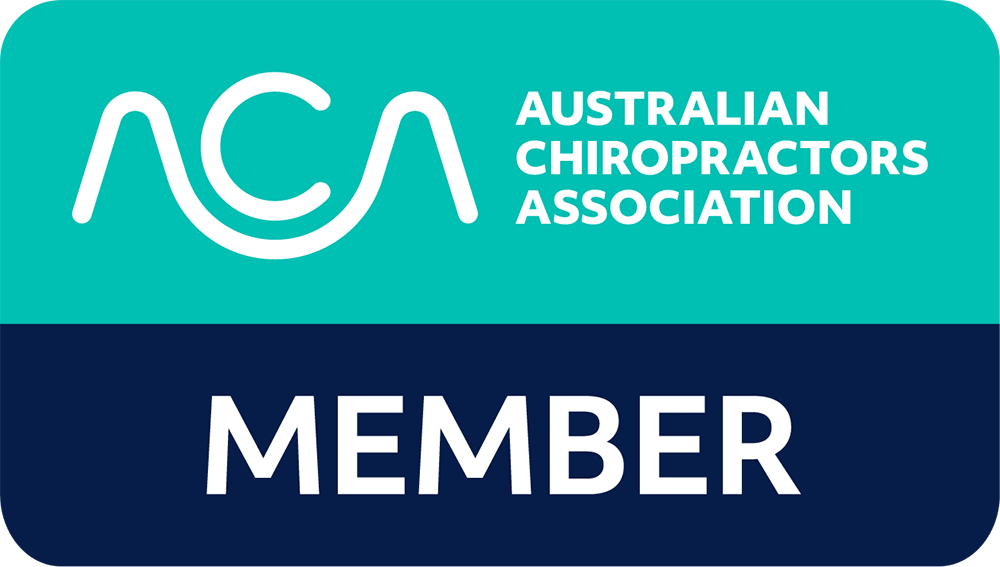
The strength of Chinese medicine is in preventative health and the most ideal scenario leading up to pregnancy is to bring the health of both the mother and father up to a good level before starting a family. But every couple that is starting a family has very different circumstances and situations surrounding this process. In this short article, I will outline how Chinese medicine can assist with pregnancy support from conception to the final stage.
Conception
Chinese medicine is most commonly seen to be used to assist couples who have difficulties with conceiving naturally or who are going to IVF. When helping couples who are trying to conceive naturally, acupuncture and herbal medicine is used to assist women optimise their menstrual cycle to help regulate hormone fluctuations/transitions, improve egg quality and endometrial lining thickness/quality. For men, this is to help improve the sperm quantity, motility (ability to move), morphology (size and structure), and volume and quantity of semen.
During the IVF process, it is recommended to be getting regular acupuncture sessions to assist with the menstrual cycle regulation, improving egg quality and endometrial lining but more importantly to help offset side effects from the injections required for egg collection.
The last step of IVF is the embryo transfer and this is the most important point in time to get acupuncture. Studies have shown acupuncture before and after embryo transfer significantly improves the chances of implantation. This is because acupuncture has calming effects on both the mind and body. By calming down the body’s immune system response to seeing the embryo as a foreign body, the uterus will be more receptive to the embryo and hence reducing rejection rates.
For couples who are able to conceive naturally, I assist men by trying to reduce potential stress & other lifestyle factors that may affect the sperm quality. For women, I assist to help regulate the menstrual cycle by focusing to help the body achieve the targets required for each of the four weeks. The menstrual cycle consist of 4 weeks where each week reflects a different process in preparation for conception then potentially conceiving and carrying pregnancy to full term.
Week 1 consists of Day 1 where it is the first day of heavy bleeding. The characteristics of the period like how many days, colour and how heavy will help me gauge the patient’s constitution and overall health.
Week 2 is where the hormone oestrogen is on the rise leading up to ovulation is where the “Perfect” egg ripens as well as signalling the endometrial lining to start thickening up. Vaginal discharge which has the texture and consistency similar to egg white will be start to be observed typically around day 10 and lasting up to ovulation where the egg is released around day 15. Some women will be tracking their Basal Body Temperature (BBT) and will observe a temperature spike on the day ovulation. I advise having sex every second day from the first signs of egg white discharge if trying to conceive naturally to maximize the chances of conception. Sperm can survive a few days within the uterus, so trying a bit earlier rather than waiting to target the 12 hour ovulation window reduces the chances of missing that fertile window.
Week 3 is post ovulation when oestrogen slows down and progesterone takes over and starts to rise, signalling the endometrial lining to continue thicken up in preparation of an embryo (combination of sperm + egg) to implant if there was conception. This preparation continues into Week 4 and turns into support for a developing foetus which is typically checked around week 7 to confirm heartbeat via an ultrasound scan. If there was no conception, then the body signals the shredding of the endometrial lining results in the period and restarting of the cycle.
Menstrual cycle disorders such as PCOS, PMS, irregular cycles, painful periods or no periods occur due to the disorderly transitions/fluctuation or low levels of these hormones throughout the menstrual cycle. There are many factors which can contribute to this like, stress, age, constitution etc.
How does Acupuncture help conception?
Acupuncture can assist to stimulate and encourage the ovaries/uterus to function better which results smoother transitions of the hormone fluctuations. There are acupuncture points on the lower abdomen which are located over the ovaries and uterus. Studies have shown that local stimulation can reduce the uterine arterial impedance, or improve the blood flow to the ovaries and uterus. By increasing the blood flow, this will allow the ovaries and uterus to perform their functions as best as possible.
I work with the 4 week cycle to target the key aspects as described above to try and emulate/encourage these key events that happen each week which in turn encourages the cycle to proceed as close as possible to what the perfect cycle should be. For younger women going through puberty or in their 20s this can mean symptom free/minimal periods to minimise discomfort felt each month. For women who are trying to start a family, this means improving fertility to increase the chances of conception.
First Trimester
The most common complication during the first trimester after conception is morning sickness. For most women, this will ease up after the first trimester but there are a few unlucky few who may experience this throughout the whole pregnancy. The severity of morning sickness may vary from just feeling nauseous to vomiting a few times a day sometimes leading to weight loss.
In Chinese medicine, this is due to an imbalance of the Conception vessel and Governing vessel which run up the middle of front and back of the body. This imbalance has been linked to the embryo implantation process and initial rapid growth of embryo to fetus. This disruption can affect a weakened digestive system causing the Qi to rise or move upwards which creates the sensation of nausea or the need to vomit. When the digestive system is healthy, Qi will be moving in a downwards motion similar to the movement of food down the digestive tract.
The goal of the acupuncture treatments during the first trimester is to reduce this imbalance, support the uterus for embryo development, calm the uterus from any contractions or spasms and redirect the upward moving rebellious Qi back down. This is particularly important for women who have a history of miscarriage or women going through IVF. The frequency for acupuncture treatments can range from once per week for 12 weeks or as much as every day depending on severity.
Second Trimester
By the 13th week leading into the second trimester, for most women, morning sickness will start to ease up and completely disappear. This is because the initial rapid growth of the fetus growth has settled down to a manageable rate that the body can handle. This allows the balance of the Conception vessel and Governing vessel to return which reduces the rebellious upward movement of Qi, hence reducing the nausea and vomiting sensations.
The goal of acupuncture treatments during the second trimester is to support the uterus with fetal development as well as address other symptoms like aches and pains which may develop with the slowly increase in fetus size. The frequency could be reduced to once every 3 – 4 weeks depending on what symptoms are present. If the nausea and vomiting has not settle then the frequency of treatments may remain the same as the first trimester depending on severity.
Third Trimester
In the third trimester, I am monitoring that the baby is in breech (head down) position by around 34 weeks, if not then treatment will recommence to try and encourage a breech position. This cannot be left too late as the fetus continues to grow and will run out of physical space to turn closer towards the due date.
Around week 36, I am monitoring to see if the baby bump has dropped naturally which indicates that the baby’s head has moved lower into the pelvis ready for birth. Whilst this varies between mothers, for first time mother’s if the drop doesn’t happen by week 38 there are higher chances of the baby being overdue. The treatment focus will then be to promote labor by induction via acupuncture to encourage the baby’s birth. The treatment frequency will be every 2-3 days from week 38 but more frequently leading up to or over week 40.
Postpartum care
In Chinese culture, it is common to go through a “confinement” period after giving birth. Confinement consists of “isolating” or staying at home for 4-6 weeks post partum to allow the body to recover ASAP. In older times, this involved the mother in law helping out the mother by taking off any load by assisting with house work, cooking etc. Some practices went as far to not have any showers or baths during the confinement period.
Why? This is because after giving birth, the body is in the most depleted state it could possibly be within a very short time frame. To add on top of this deficiency is the need for the mother to start nurturing and feeding the baby who will start to consume what’s left of the depleted energy the mother has left post birth.
In Chinese medicine, the concept of “cold” invading the uterus reflects poor circulation post birth due to the trauma of birth. This may lead to slower recovery and healing. Depending on the mother’s constitution, if weak, may cause further problems after recovering like difficulty returning to a normal menstrual cycle, on going lower abdominal pain, water retention, etc. This is why in older practices women would also forgo showers and baths to reduce the chances of catching the “cold” in their uterus which would impede recovery. In this day and age of modern technology, I personally don’t think this is necessary but small things like warming up the bathroom with a heater to reduce the cold after a shower will help reduce the chances of catching the “cold”.
For births that involve cesareans, there will be the additional healing demands above the uterus from where the incisions are made to deliver the baby. This will require the mother to also limit her movements to allow the scarring to heal properly.
How can Chinese medicine help post partum recovery?
To assist post partum recovery, I employ the use of acupuncture and moxa therapy. Acupuncture is used to help boost the constitutional strength via the digestion to help body provide more energy. If there are more resources available, this may translate to more energy for things like milk production and overall energy levels other than what is required for the healing process. Locally over the uterus, the acupuncture may help to reduce swelling, improve circulation and speed up the healing process.
Moxa therapy is a form of heat therapy which traditionally burns a herb called mugwort. Scientifically it has been show to emit a wavelength that penetrates deep below the surface of the skin which enables it to help stimulate and promote circulation at a deeper level. It has a property in Chinese medicine to help “move the blood” which also translates to improving blood circulation. More modern forms of moxa are charcoal based infused with herbs to reduce the smoke emitted whilst in use. Past patients will mention how their uterus will feel warm despite the heat source being above the skin.
Timing the treatments from weeks 3-8 post partum is important as treatments are intended to help facilitate the body’s natural healing process and NOT to wait until some problems occur before trying to fix problems as they occur. It is the combinations of acupuncture and moxa therapy that tries to maximise recovery and the healing process post partum.
Hopefully this short article shows how involved Chinese medicine is with pregnancy and postpartum support. For more complicated conditions that may arise during pregnancy, it is still best to consult your Chinese Medicine practitioner for more details as to how acupuncture and/or herbs can assist your individual cases.
Kieren Ko
Acupuncturist & Chinese herbalist

